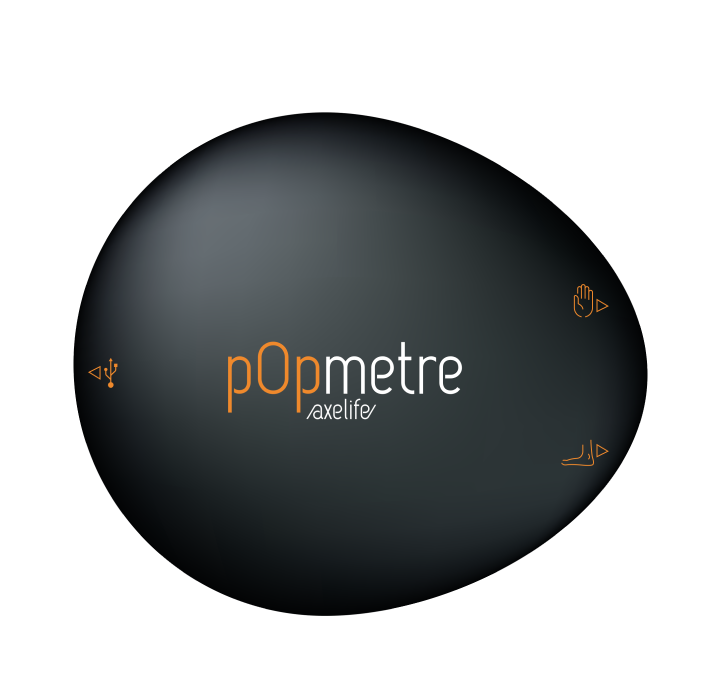Understanding and measuring Vascular Aging: an important stake for Cardiovascular Health
Vascular aging is an often underestimated phenomenon, yet it represents a crucial factor in the assessment and prevention of cardiovascular disease. As healthcare professionals, it is essential to understand this process and integrate its measurement into clinical practice.
What is Vascular Aging ?
Vascular aging refers to the progressive changes that occur in blood vessels with age.
It is characterized by alterations in vessel structure and function, which can lead to increased arterial stiffness (or arteriosclerosis), decreased vascular elasticity and impaired endothelial function. (1)
These changes can contribute to the development of cardiovascular diseases such as atherosclerosis, hypertension and heart disease.
Vascular aging is influenced by genetic, environmental and behavioral factors, such as hypertension, smoking, diabetes and sedentary lifestyle.
Understanding vascular aging is important for preventing and treating age-related cardiovascular disease.
Why should you measure Vascular Aging ?
- Early prevention: Measuring vascular ageing can detect the first signs of arterial deterioration, often before clinical symptoms appear. This provides a valuable opportunity to implement targeted prevention strategies.
- Risk assessment: By evaluating the condition of blood vessels, we can better assess an individual's overall cardiovascular risk, beyond traditional factors such as cholesterol or blood pressure.
- Treatment monitoring: This measurement also enables us to monitor the effectiveness of prescribed treatments, whether lifestyle modifications or medication.
Numerous studies (2) have shown that arterial stiffness is an independent predictor of cardiovascular events and mortality, even in healthy subjects.
It provides prognostic information above and beyond traditional risk factors (including age, gender, blood pressure, cholesterol, diabetes mellitus and smoking) and 24H ABPM. (3)
A video produced by the learned society VASCAGENET shows the benefits for healthcare professionals of integrating this measurement into their patients' cardiovascular assessment.
How to measure Vascular Aging ?
Innovative techniques are now available for non-invasive measurement of arterial stiffness, a key indicator of vascular ageing.
These techniques are often costly or "operator-dependent", with low levels of reproducibility and poor practical suitability.
They all rely on the measurement of Pulse Wave Velocity (PWV), i.e. the speed at which pressure waves travel along the arteries, which has become the "gold standard" for this assessment.
A high POV indicates greater arterial stiffness.
Numerous technologies are used to measure this VOP, such as tonometry, photo plethysmography (PPG) or oscillometry, and several arterial segments have been studied (carotido-femoral, heart-ankle, arm-ankle, finger-toe) as long as they include the aorta, the only artery whose elasticity is greatly altered by vascular ageing.
The pOpmètre®, developed by Axelife, meets all your needs for easy use in your practice:
- Easy to use
- Fast, reliable measurement
- Easy patient education
- No operator dependency
- Improves patient care
- Transportable
The Importance of Awareness and Education
It is crucial to integrate the measurement of vascular aging into regular screening practices, especially in patients at high cardiovascular risk.
In addition, educating patients about the importance of vascular health and ways to prevent premature arterial aging (such as regular exercise, a balanced diet and stress control) is a fundamental aspect of preventive management. But patient adherence and compliance are difficult to achieve for effective treatment.
Arterial age, which we calculate with pOpmeter®, is an excellent decision-making and empowerment tool for patients.
It is also a simple and relevant tool for communication between caregiver and patient in the cardiovascular assessment and prevention consultation. As healthcare professionals, recognizing and measuring vascular aging is an essential step in the fight against cardiovascular disease.
This not only improves our understanding of individual risk, but also offers a pathway to more effective and personalized treatment and prevention strategies.
We have the age of our arteries, and now you can measure it!
